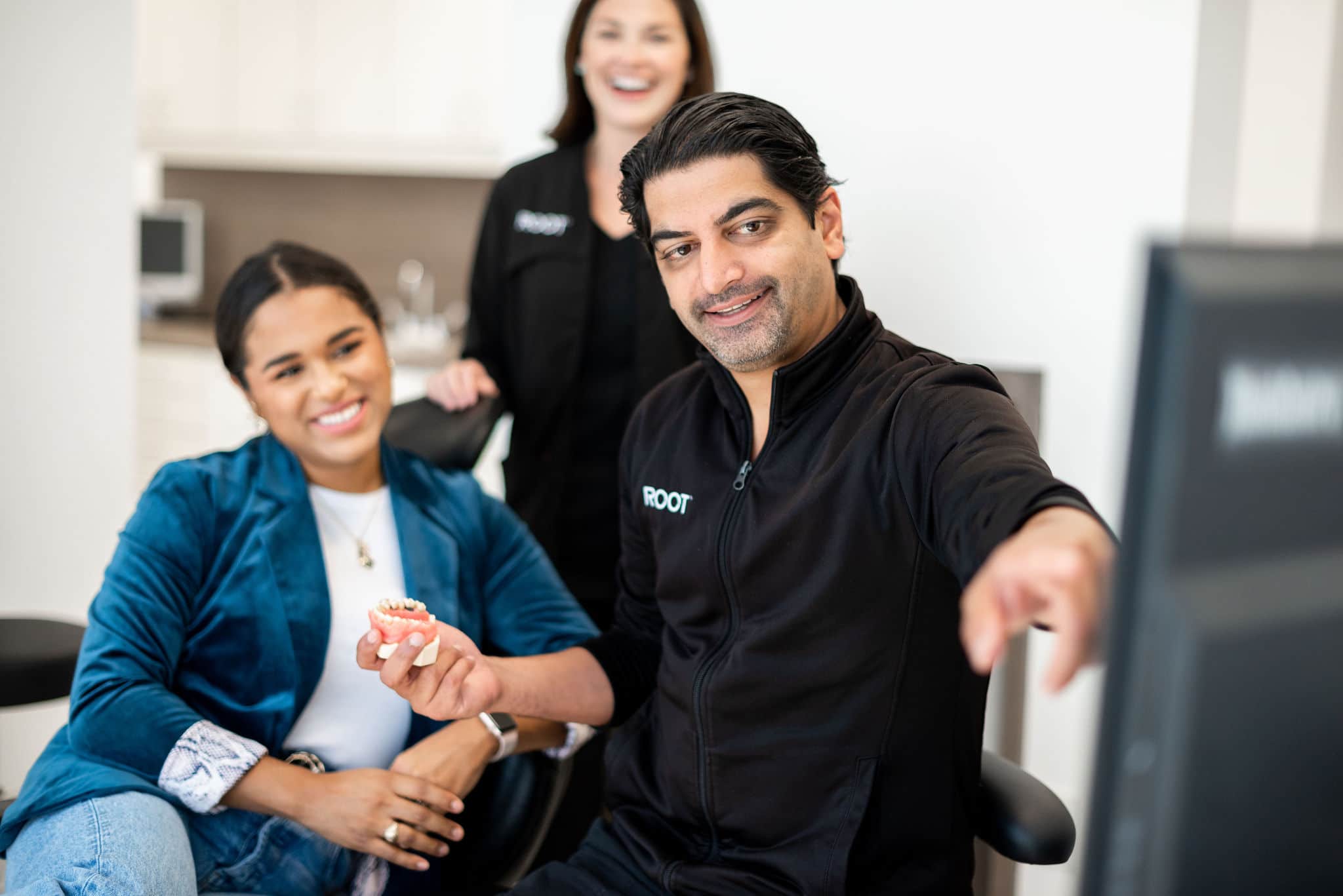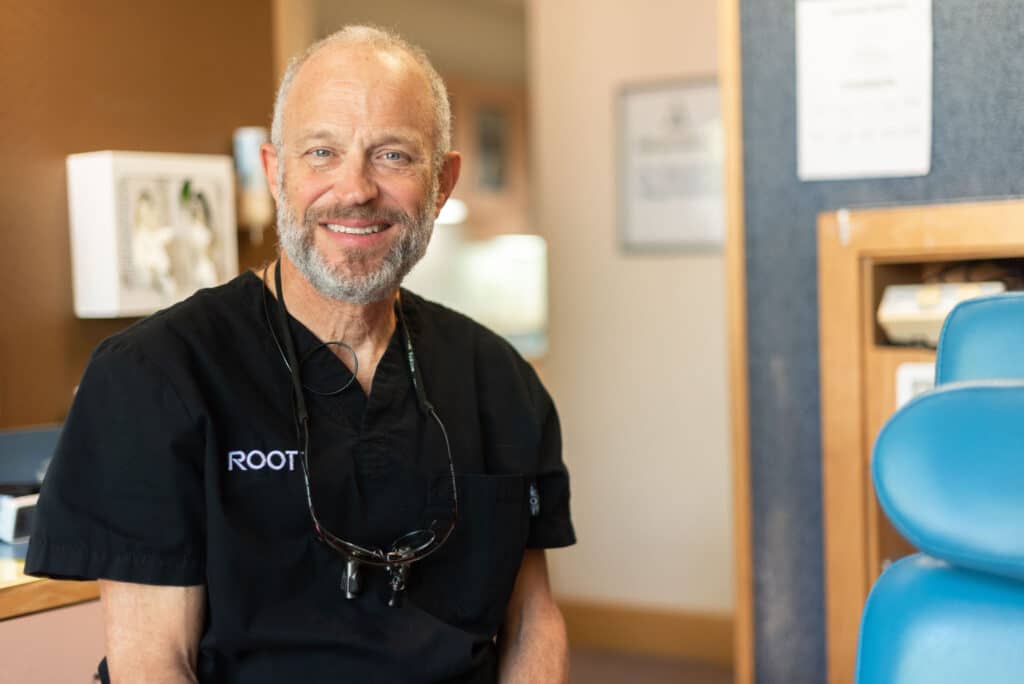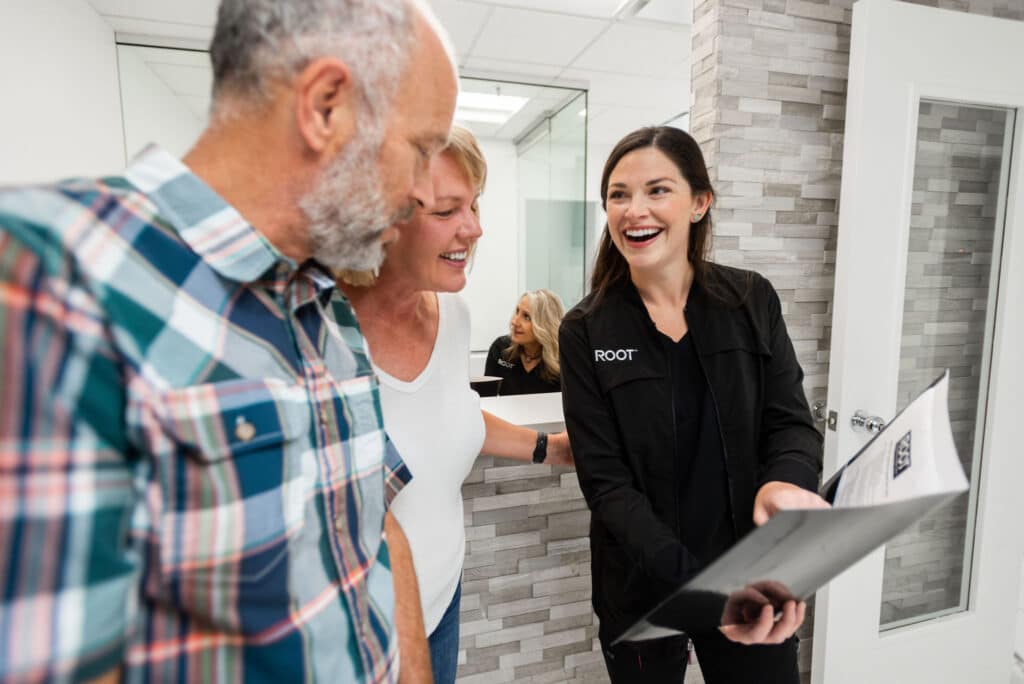Periodontal Anatomy – Stippling
The surface of the gingiva, or gums, commonly has a texture that is referred to as being stippled or resembling that of an orange peel. Only present on the attached gingiva connected to the alveolar bone, stippling does not present on the freely moveable alveolar mucosa. Historically, it was believed that stippling signified good oral health, but it has since been shown that smoothness of the gingiva, unless the result of losing previously existing stippling, is not indicative of the presence of disease.
Gingival stippling can be lost in cases of gingival inflammation but will re-establish once gingival health is restored. The presence, configuration, and size of gingival stippling varies by person according to their age, gender, and site of stippling. While using gingival stippling as a diagnostic tool alone is limited without an understanding of the individual’s gingiva characteristics, the absence or presence of stippling can help diagnose clinical conditions, such as gingivitis, early. Diagnosing and treating gingivitis early, before it is allowed to progress into advanced periodontal disease, can help mitigate any damage to the gingiva.
Where is Stippling Seen?
Because the connective tissue projections within the gingival tissue create microscopic depressions and elevations, stippling occurs. The presence or prominence of gingiva stippling also appears to correlate to the degree of keratinization. While the marginal (freely moveable) gingiva is not stippled, stippling is present on the attached (not freely moveable) gingiva and interdental gingiva. The central portion and interdental papillae are generally stippled whereas the marginal borders are smooth. Specifically, stippling occurs at rete pegs (sites of epithelial ridge fusion) and corresponds to the fusion of the valleys formed by the connective tissue papillae.
Gingiva is categorized as either attached gingiva and free gingiva. The portion of the gingiva extending from the attached gingiva onto the surface of the tooth, free gingiva surrounds and creates a collar around the crown of the tooth. The attached gingiva extends from the free gingiva coronal to the alveolar mucosa. Because the attached gingiva is dense, firm, and tightly attached via the collagen fibers of the connective tissue to the cementum and alveolar bone, stippling is typically seen.
Not everyone will show the presence of stippling and those that do, may show varying degrees of stippling within their own mouth. Studies indicate that roughly 40% of adults and 68% of children have some level of gingiva stippling. No statistically significant difference in stippling prevalence has been shown between girls and boys. Stippling is typically lacking when born, appears in certain children at around four or five years old, continues into adulthood, and begins to disappear in old age. There have only been a few studies on gingival stippling in children, using different methods, criteria, and materials, so the data provided is inconsistent regarding the onset of stippling. However, the bulk of the scientific data indicates that if stippling is going to be present, it usually appears from four years of age. People typically have lost any gingiva stippling by the time they reach 50 years old.
